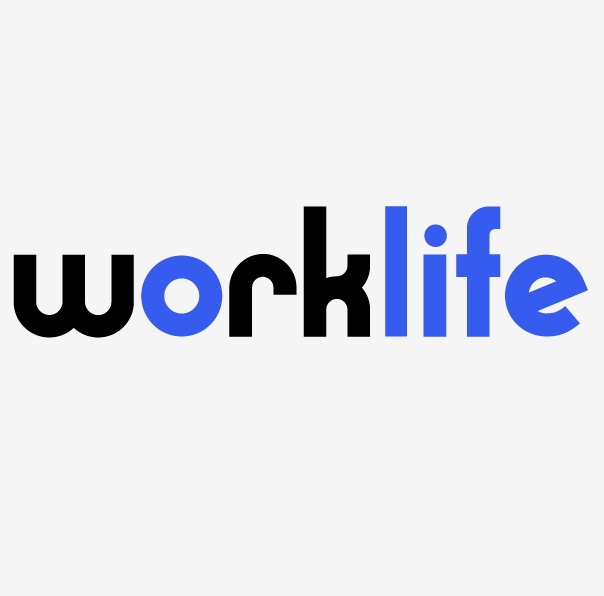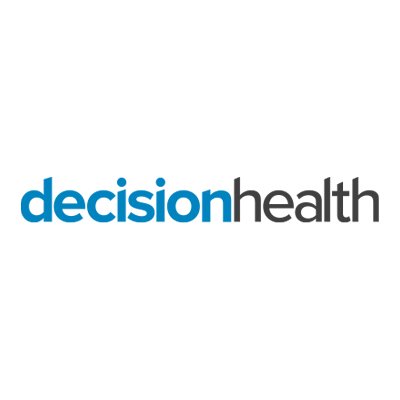We now know this is a marathon. Among our wishes for what happens when we cross the finish line is that we want the word unprecedented to be eliminated from the English language. Seriously. That’s not too much to ask, is it? Thanks for listening. We feel better now. Kind of.
New information is coming at us all so quickly. On March 30, the USDOL had 37 FAQs on the FFCRA (keep up with the acronyms, quiz to follow), and by April 5, there were 79. The FFCRA went into effect on April 1 and shortly after we got 124 pages of regs. The good news for us: while reading employment law regulations is a fun Saturday night for us, now you too have nothing to do on the weekends. Welcome to our world! So while there’s a lot to digest, below are some practical things about the new laws that you need to know.
Many employers have asked us whether employees can take EFMLEA [Emergency Family and Medical Leave Expansion Act] to care for their children who are home from school even if they can work remotely and/or they have a spouse or partner who is also stuck in the house with the kiddies. The regs give us some guidance. EFMLEA provides employees with 12 weeks of job protected paid leave at 2/3rds their regular rate of pay to stay home and watch the kids torture their teachers. But, the benefits are only available if the employee cannot work remotely or telework, as the FFCRA calls it. Ok Boomer, where’d you get telework? Gen Z doesn’t even know what a telephone is, so….telework…seriously?
The regs now explain that employers can deny EFMLEA leave if there’s remote work available and no extenuating circumstances (such as serious COVID-19 symptoms) that prevent the employee from performing that work. Interestingly, it says serious COVID-19 symptoms, so if the employee has only mild symptoms, they’d better drag their butt to the laptop. It’s also significant that the regs don’t say that having to help the kiddies with online learning is an extenuating circumstance. We hear it’s exasperating, even excruciating, but under FFCRA, it’s not extenuating. The new FAQs include whether an employer can deny EFMLEA to an employee whose spouse or partner is also home and can watch the kids. The answer: an employee does not need to take such leave if a co-parent…is available to provide the care. Here’s a problem: both parents’ employers can deny leave to their employee, leaving mom and dad to duke it out or those kids to fend for themselves. Builds character. Anyone taking odds on the post-Pandemic divorce rate?
Another important clarification from the regs is the number of hours available under EPSLA [Emergency Paid Sick Leave Act]. The law says full-time employees get 80 hours. The DOL’s initial guidance said 2 weeks up to 80 hours. That’s wrong. The regs clarify that a full-time employee is entitled to up to 80 hours, but define full-time as being regularly scheduled to work at least 40 hours a week. So under FFCRA, any employee whose workweek is less than 40 hours is not full-time. Many employers run 35-hour workweeks, meaning 8 hours a day with an hour off for lunch. Employees with that schedule are not full-time under this law and would only be entitled to 70 hours of Paid Sick Leave. Confused? For a change, we’re not. So call if you need more.
We now better understand the small business exception. Employers with fewer than 50 employees can deny EFMLEA benefits to specific employees if the employer can show that complying would jeopardize the viability of the business. That showing must be made by an “authorized officer of the business” determining that granting leave would (a) cause expenses to exceed revenues; or (b) the employee’s absence would entail substantial risk to finances or operational capabilities of the business because of the employee’s special skills, knowledge or responsibilities; or (c) there are not enough employees to get the work done if employees take the leave. The regs say that a small biz can make the decision to deny the benefits on its own and must write down the reasons but employers should not send such documentation to the [DOL], but rather retain the records. Why? So when the employees later file complaints with the DOL, the agency can subpoena those files and determine you were wrong. Fines to follow.
If your employees want to take EPSLA leave, the regs identify the documentation that you should require, including: the date(s) requested, the qualifying reason, an oral or written statement that the Employee is unable to work because of the qualified reason, the name of the government entity that issued the quarantine order or the health care provider who advised the Employee to self-quarantine. For EFMLEA, employees must provide the name of the child, the school that’s closed, and a representation that nobody else is available to care for the child. The IRS requires this documentation in order to ensure the receipt of the payroll tax credits, and it must be kept for 4 years.
We get a lot of questions about what employers can ask employees about their health and what you should do if an employee tests positive. Last week, the EEOC and CDC helped us out with new guidance. The EEOC says that without violating the ADA, employers can ask employees if they have a fever, chills, cough, shortness of breath or sore throat, loss of smell or taste and gastro problems (we’ll skip the details included in the guidance). Employers are permitted to take employees’ temperatures before they enter the workplace (orally please…actually use a scanner). Employers can also require a fitness for duty note from a doc before allowing an employee to return, but the EEOC suggests being flexible due to the burden on docs. Keep in mind, employees who are immune-compromised must be accommodated with remote work or a leave and likewise return only with clearance.
The CDC now says that an employee who has been exposed can still work if they’re asymptomatic and follow additional precautions. Exposure means household contact or being less than 6ft from someone with confirmed or suspected virus. An exposed employee can be at work but employers should take their temp before entering, monitor during the day, disinfect the workspace, equipment, and bathrooms, and the employee should wear a mask and stay 6ft away from others.
Here’s a fun ironic fact. In February 2020, right before all this started, a survey ranked New Jersey as the second safest state in the US in which to work. That didn’t last long.
Now that we think of it, we could also do without uncertain times for a while too. Just saying.
Stay safe and let us know if you have questions…. other than what we’re watching on Netflix.









